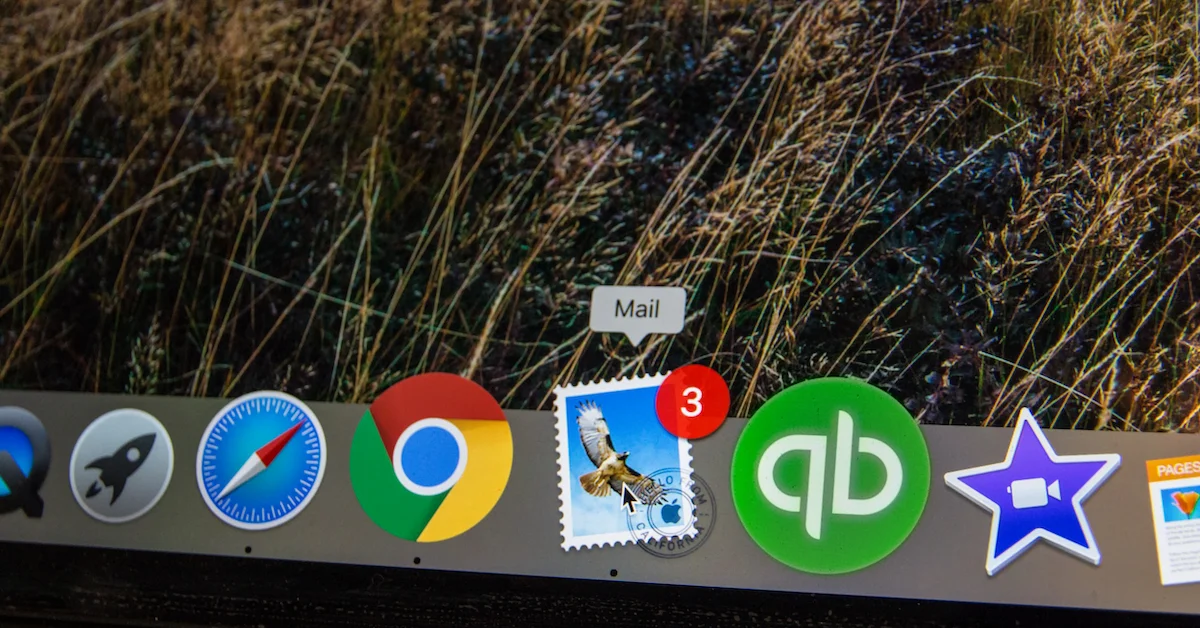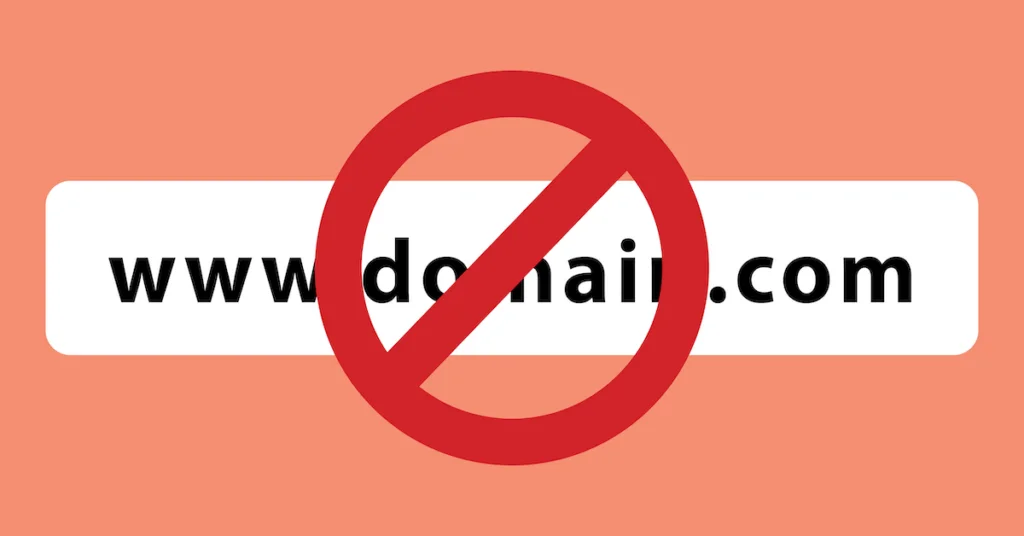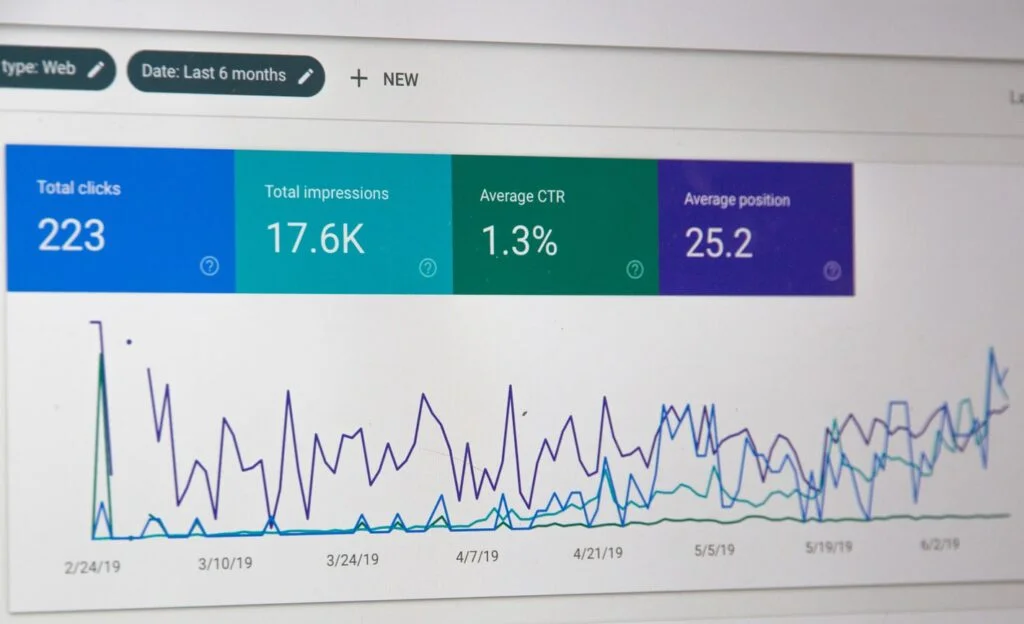Should I Be Sending Out Newsletters?
Last Updated: January 13, 2022

Updated October 15, 2020
Why Sending Newsletters Makes Sense
Companies are sending newsletters because the return, relative to effort, is outstanding. When you can spend $1.00 and get $38.00 back, via email marketing, it doesn’t take a mathematician to figure out that this is where investment needs to focus.
It’s gotten to the point in the present era that finding marketers who don’t pursue sending out email newsletters has become like finding the secret to cold fusion. 85% of online marketers are using email marketing as a key component of their marketing mix.
Newsletters are much more than just keeping customers aware of news within an organization, lead capture, lead nurturing or direct sale pursuits. Companies are staying in contact with customers to retain them as much as acquire them – because it’s much cheaper to keep, than find, new customers. 80% of business people surveyed believe that sending email newsletters helps.
Over 1/3 of companies email customers 3-5 times per week.
If you’re selling via online ecommerce, then 3-5 times per week is a good rate of contact. For those who aren’t selling online, it should be more like 3-5 times per month. Otherwise, unsubscribe rates will outpace list building as customers get tired of all the contact.
Email Newsletter Marketing Secrets
Okay, technically this knowledge isn’t being revealed for the first time, but one would think the below tips are highly guarded secrets, because so few people bother doing email newsletter marketing following a proven results-based recipe.
Read on to find out the vital ingredients, techniques and strategies necessary to conduct newsletter marketing campaigns that are consistently profitable for your business.
The List
Your email marketing database, or list, is pure gold. It’s not something you shared, give away, sell, or otherwise let slip through your fingers and into the hands of others.
The ultimate goal of other marketing activities is to make sales, retain customers and build the list, so that in the future you can make sales and retain customers!
Know Thy Customers as Thyself
Leveraging knowledge about customers is what separates companies who blast out generic offers to the masses from those who put highly relevant information in front of each and every prospect and customer alike.
Some call it personalization, and think it’s a matter of using the recipient name in the email is the magical silver bullet.
Others call it segmentation, and think that it’s a matter of sending slightly different messages to people on the east coast versus the west coast, men versus women, old versus young or other bits of personal information that they’ve accumulated about the audience. Segmented campaigns are able to generate 7x the revenue as generic blasts.
Marketing automation practitioners take it 10 steps further and only send emails to people with offers who are ready to buy, trust building emails to those who are just getting to know the company, demand generating emails to those who don’t yet know they’ve got an itch that needs to be scratched and generally tailor their email campaigns to buyer readiness coupled with demographic information already held as well.
The above represents the evolution of newsletter marketing sophistication. How far along the path have you made it?
Removal of People is as Important as Adding to the List
List management isn’t just drudge work where you’re doing data entry work adding new names as they come in (subscribes) or removing names (unsubscribes).
Unsubscribes-
Unsubscribes tell you more than any other item of information.
When someone asks to be removed from your newsletter list, they’re signalling a problem. Ideally you’d ask at the time of them being unsubscribed to tell you exactly why they want to be removed so that you know exactly what happened.
– too frequent of contact (they don’t like being bombarded with your emails)
– irrelevant content (what you’re sending isn’t valuable or interesting)
– mistakenly thought it was spam (your subject lines or sender name is spammy looking)
– they never subscribed to begin with (you bought a list or they didn’t know they opted-in)
Getting new subscribers is that you can nurture and develop into lasting loyal customers should be a primary mission. Newsletters will convert a certain percentage of recipients into sales. Your particular list, company niche and pricing will have a large influence on that conversion %, but whatever it is, it’s part of the revenue equation.
Subscriber Value
# of newsletters sent x converting % = # of sales
# of sales x $ average sale value = $ newsletter value
Keep in mind that, unlike most pay per click campaigns, email newsletters are not a “one and done” proposition where you have one shot at making money from contacting them.
Email is about the lifetime value of a customer.
The longer you can retain them, the more chances you have to sell to that customer time and time again. The best customers will stick around forever and buy from you numerous times.
Caring for the List
Caring for your newsletter list is a big responsibility. Removing those who ask to be unsubscribed must happen ASAP. The last thing you want to do is continue emailing people who have asked to be removed from your list.

Blacklist Management
Companies that send out a lot of email always have a risk of becoming added to one or more email blacklists.
Blacklist Checking
www.knownhost.com/blog/check-blacklisted/
If you’ve found that you’re on one, or more, of the blacklists, then by all means take immediate action to get off those lists! There’s no point sending emails if they’re not going to land in the inbox like they’re supposed to.
Blacklist Removal
www.knownhost.com/wiki/email/troubleshooting/blacklist-removal
List Segmentation
As alluded to in the Know Thy section above, list segmentation enables you to target customers differently based on what you know about them. Some of the most powerful segmenting can be done based on:
1. Time Zone – send emails as times when users will be most likely to open them. If your email is at the top of the inbox, it stands a much better chance of being dealt with than if it’s buried.
2. Product Preferences – sending offers for $250,000 supercars is less likely to be met with success if customers have previously spent most of their time looking at used SUVs priced under $5,000. Targeted offers should be aligned to buyer product preferences.
3. Buyer Readiness – the most sophisticated of approaches is based on buyer readiness. Prospects need to move from not knowing your company to seeing you as someone they know, like and trust. Lead scoring is the process of increasing a numeric score for each customer based on how many emails they open, click, pages they browse and products they buy.
Content is King (Even with Email)
Knowing who to send to, and when is important. Knowing what to send and how to make it look – those are equally important. Content is king. Design is queen.
Inciting (Exciting) Subject
When someone sees a new message in their inbox, there’s two factors that decide whether the message is even going to be read or not:
Sender Name
Email needs to come from a person. People buy from those they know, like and trust, period.
Role-based emails remove the human touch and make it that much harder to develop affinity for the brand, because the sender should be a person – the face of the brand in the eyes of email recipients.
Subject Line
The subject line determines, in an instant, whether someone will glance into the body of the email or press delete. If you’re not getting the subject right, open rates will be bad. The more emails you send with poorly crafted subject lines, the more open rates will trend downward and the more likely you’ll be met with unsubscribes.
The entire point of the subject is to induce people to open and read the email. The best single tactic for doing that is offering something that’s in it for them. The trick is to be accurate yet still get them to open it. Sounding like you’re selling snake oil isn’t the right approach.
Check out our other blog posts on email marketing and how to put together the perfect email subject line!
Click-Inducing Call To Action (CTA)
Once someone has opened the email, you’ve got to get them to click so that they visit the site (so that they can convert into paying customers). The best way to do this is with a CTA that induces readers to click on it.
Not all CTAs are created equally. In fact, the difference between an effective CTA and an ineffective one can mean the difference of 4x to 10x click-through rates.
Improving CTA effectiveness means:
– Action Words and a Sense of Urgency – things like “Save Now”, “Buy Now”
– Limited Offer or Special – like “50% OFF – 3 Days Only”
– One Time Coupon Code
– Obvious CTA Design – strong colors, fonts and stands out on the page
Clear, Relevant Message
The content of the email has to be dead easy to understand. There should be no question what you’re trying to sell, what message you’re trying to convey or why they should be clicking on any of the links in the email.
If you’re selling diesel turbochargers, don’t email those offers to people who only have gasoline engines in their vehicles. This doesn’t mean you can’t send men offers for gift items made for women, but the whole point is to know your audience and customize the messaging so that it goes to the right audience.
Relevance and clarity are absolutely critical.
Value
You don’t have to sell stuff in your email messaging. In fact, sending emails that convey information of genuine value, like how to do X is a great way of building trust and rapport with the audience.
Give before you ask in return and your ROI will skyrocket!
Responsive Design
With mobile devices accounting for over half of email opening (it was 46% back in 2018), designing email newsletters to be opened strictly on desktops is an exercise in futility.
The thing about email opening is that many people will initially triage email via mobile devices (mostly smartphones), then follow up on items of interest once they’ve gotten back to their larger screen desktop or tablet devices later.
Responsive design in email doesn’t take much more work than designing for desktop only and there are many free responsive email templates available with just a quick search on Google.
The important takeaway is that you should design with responsive in mind and take the time to run through one of the many email testers on the market.

Track Results with Analytics
Once you’ve crafted the perfect email with highly relevant content, inducing CTA, inciting subject line and are sending it from a familiar face, while targeting the ideal audience segment, you’re ready to send, right?
Any call to action links in the email, in fact any links in the email, need to have link tracking so that you can know, within your Google Analytics account exactly what was clicked, when, as well as what page they landed on and what purchases or other conversion activities they went after.
There’s always more than one way to accomplish what we’re aiming to achieve, but for tracking clicks via Google Analytics, one of the easiest ways is to use the:
Campaign URL Builder
ga-dev-tools.appspot.com/campaign-url-builder/
Step #1 – Put in the URL of your landing page
Step #2 – Put in a Source, like newsletter
Step #3 – Put in the Medium, which is email
Step #4 – Put in a Campaign Name, like christmas2020_vpsdeal
Step #5 – Put in Campaign Content, like santa_50off
Replace your existing CTA link with the one generated, since it’ll have the tracking code on it, and now whenever someone clicks it, you’ll be able to use all your favorite analytics tools and reports to fully see your number of page visits, time on, pages viewed, conversions and much, much more.
Check Deliverability
Knowing the end result, in terms of clicks and conversions, thanks to analytics tracking is great. But knowing why people didn’t open the emails in the first place is also very important.
Email deliverability is concerned with why email isn’t being delivered. Is it a problem with:
– compatibility – check it at glockapps.com/
– format – check it at www.sendforensics.com/
– spam flagging – check it at www.mail-tester.com/
When it comes to monitoring whether email is being delivered or not, there’s delivery testing and there’s deliverability testing. They’re not the same. Delivery testing monitors whether emails get through while deliverability testing monitors whether or not email SHOULD get through to the inbox.
Also, delivery to a server means it arrived at the server. It doesn’t mean it made it through to the inbox. You can get messages that arrive server-side but which don’t make it to the end user(s) because of the various filtering apps designed to keep out the riff-raff.
Conclusion
If you’re not already doing so, you should be sending out email newsletters.
Use the best practices above to create compelling, relevant emails that resonate with the audience, are opened regularly, get lots of clicks and give you a chance to turn them into paying customers.
Get your analytics groove on so that you can attribute sales to the right marketing efforts and be sure to work on building that list!!!